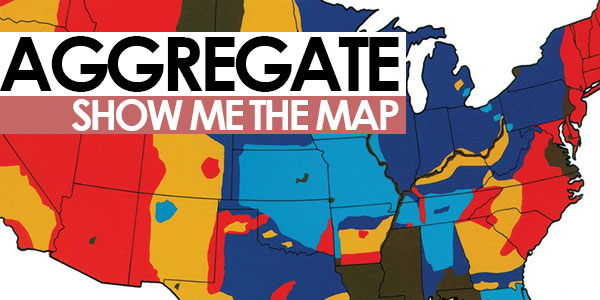Knowing the type of aggregate in the concrete or asphalt to be cut influences the performance and selection of diamond blades and drill bits. Aggregate, the stone, gravel and sand used in concrete and asphalt, varies by geographic region and often, even within a specific location.
The hardness of a mineral relates to its resistance from abrasion, and is defined in terms of Mohs hardness scale. This scale designates a value ranging from 1 to 10 (with .5 increments) for each mineral, with 1 being the softest and 10 being the hardest. The following minerals are used as standards: 1 Talc, 2 Gypsum, 3 Calcite (soft limestone), 4 Fluorite, 5 Apatite, 6 Feldspar (some river rock, some type of granite), 7 Quartz (some river rock, some types of granite, basalt, quartz, trap rock), 8 Topaz, 9 Corundum (flint, chert, trap rock, basalt), and 10 Diamond. A mineral of a given hardness can scratch all minerals of a lesser hardness but can scratch no minerals of a greater hardness.

